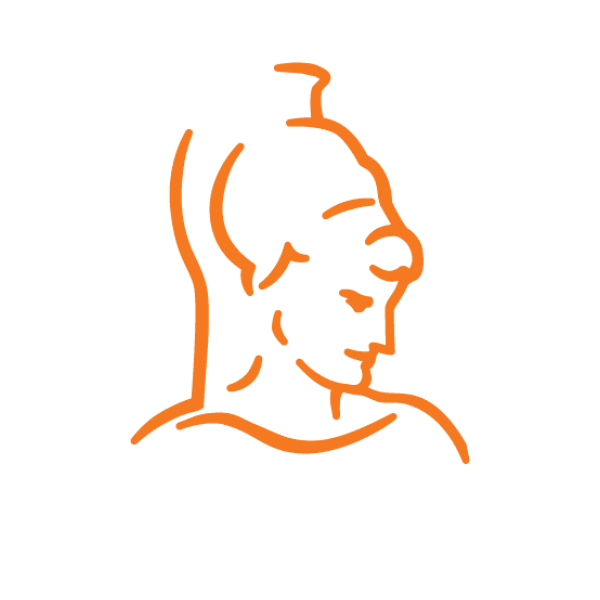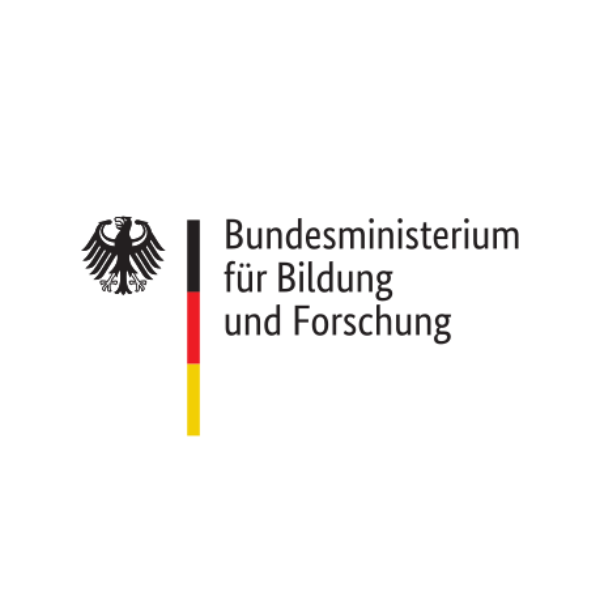Universität der Bundeswehr München
supported by Bundesministerium für Bildung und Forschung
In a nutshell:

An in-depth case study is performed on technology transfer activities in the field of material analysis and modification utilizing ion beam driven methods at large-scale accelerator facilities

This study addresses the need of investigating and promoting technology transfer activities based on research with highly advanced instruments that have been developed by university research groups utilizing charged particle beams at the four large-scale research facilities.
The primary objective is to intensify the use of material analysis and modification by industry. Furthermore, initiating and strengthening the interaction between university driven research and economy through targeted measures is a central focus of this study. In addition, the innovation potential of the developed instruments and methods will be exemplarily be analyzed to evaluate the opportunities for the development of innovative products and services. These measures aim to significantly increase the visibility of condensed matter research performed by the university groups at large-scale facilities and to foster its contribution the current societal challenges.
The study is performed in three phases with the following working plan:
In the first phase a large-scale survey and evaluation of existing cooperation between operators of instruments – in particular from the university – at large-scale facilities and its industrial users is conducted. With this information the potential for future cooperation with industry is identified and measures are suggested for raising the visibility of the offering and increasing effectiveness in generating new technology transfer activities. Finally, first show cases for the implementation of proactive measures are performed with the aim to attract new potential industrial customers
In order to obtain a holistic analysis of the applications at the instruments run by university groups at the large-scale facilities, the survey includes a large number of university groups running instruments in the field of charged particle beams and positrons. This is obtained via structured personal interviews with those responsible for the relevant instruments.
